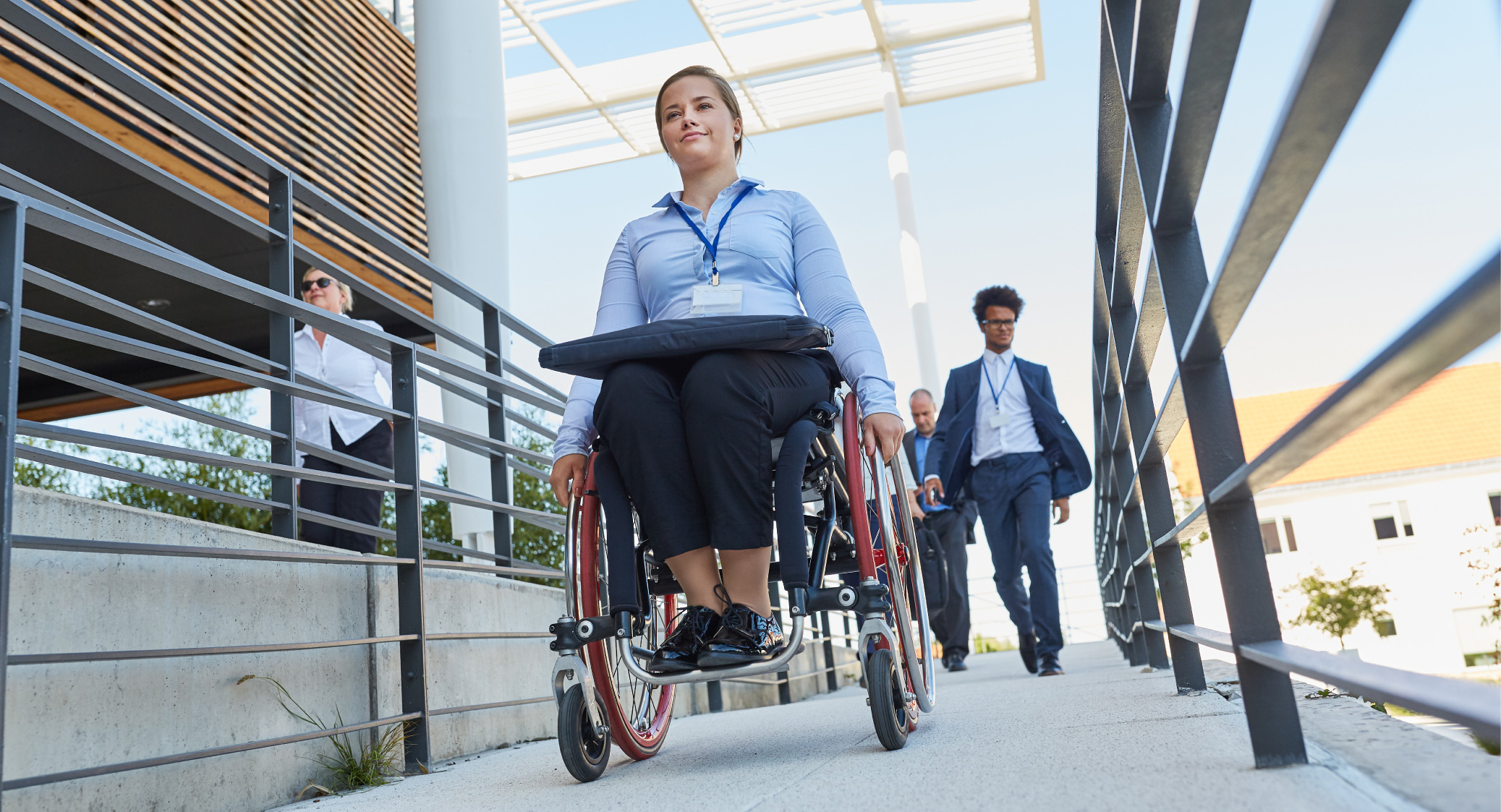Learner Variability

Learners come to class with a range of lived experiences and ever-changing variables that affect their academic success and classroom interactions. Here is a brief list of just some of the factors that affect how, and how well, a person will learn:
- Finances, sleep, and time available for studies
- Physical health (long-term and temporary)
- Mental health (long-term and temporary)
- Disability
- Social marginalization (affected by factors like race, class, and gender identity)
- Cultural context
- Commute length
- Age/maturity
- Access to resources and technology
- Language skills
- Previous knowledge/experience
- Safety and support at home
When one or more of these factors have a negative impact on a learner’s ability to succeed, they present barriers to learning. These barriers can be constant, but they are also subject to change at any time. For example, think about how well you focus on learning when you have a headache, but then you may take a pain reliever and feel just fine again a few minutes later. Instructors should always be mindful that barriers to learning are always present, and that these barriers can look different for each learner. These barriers are often invisible and unreported.
It is vital to address learners’ barriers so they can learn and successfully demonstrate what they have learned. At Humber, Accessible Learning Services works to ensure students receive accommodations when needed. However, accommodations are not (yet) available for many of the types of barriers you have just learned about. Recall the example of the headache. Indeed, no matter how good our system is, there will always be barriers for both faculty and learners.
Therefore, challenge yourself to find ways to include more learners and remove barriers to learning with the initial design of your lessons and assessments so that fewer accommodation activities are necessary. If we intentionally design our learning experiences more effectively, we can include more people from the start and reduce the need for accommodations.
Consider the difference between a ramp and a set of stairs—everyone can use a ramp, but some cannot use stairs. If we create the ramp from the start, there is no need to make accommodation for those who cannot use the stairs. Try to make curriculum design choices that are more like ramps than stairs!

LightField Studios / Shutterstock